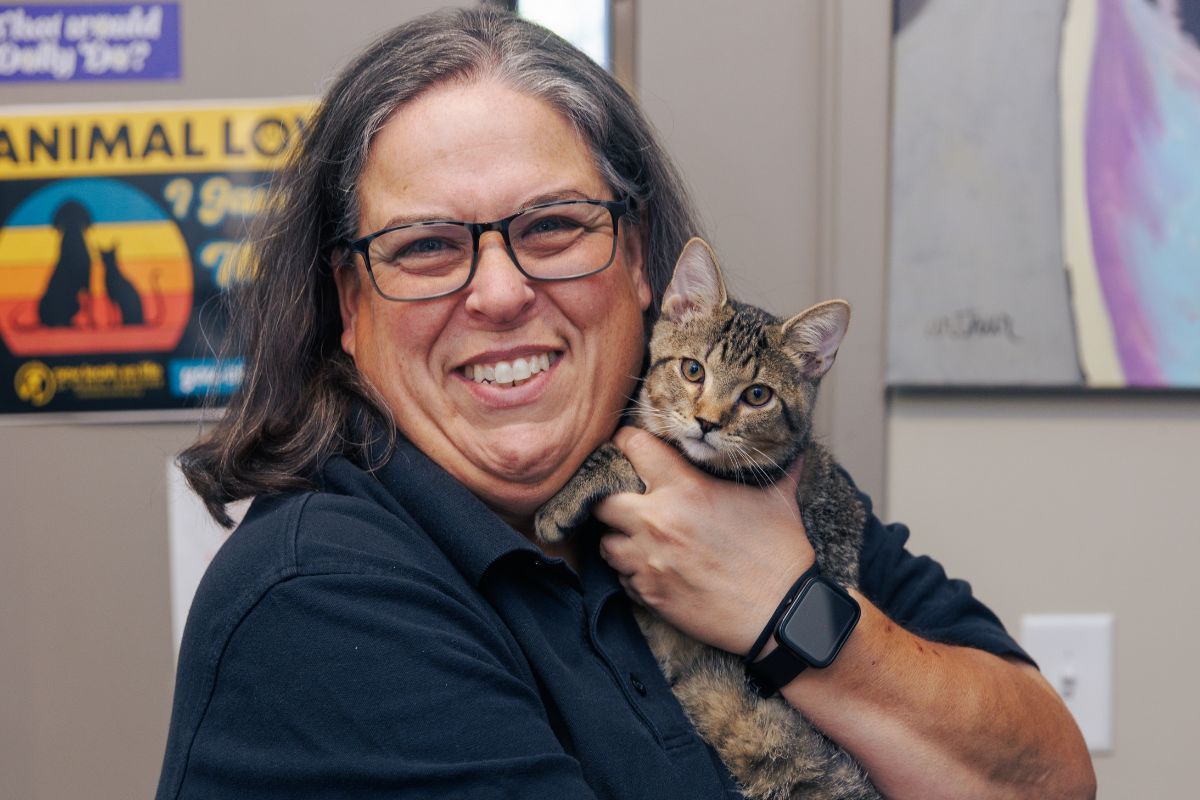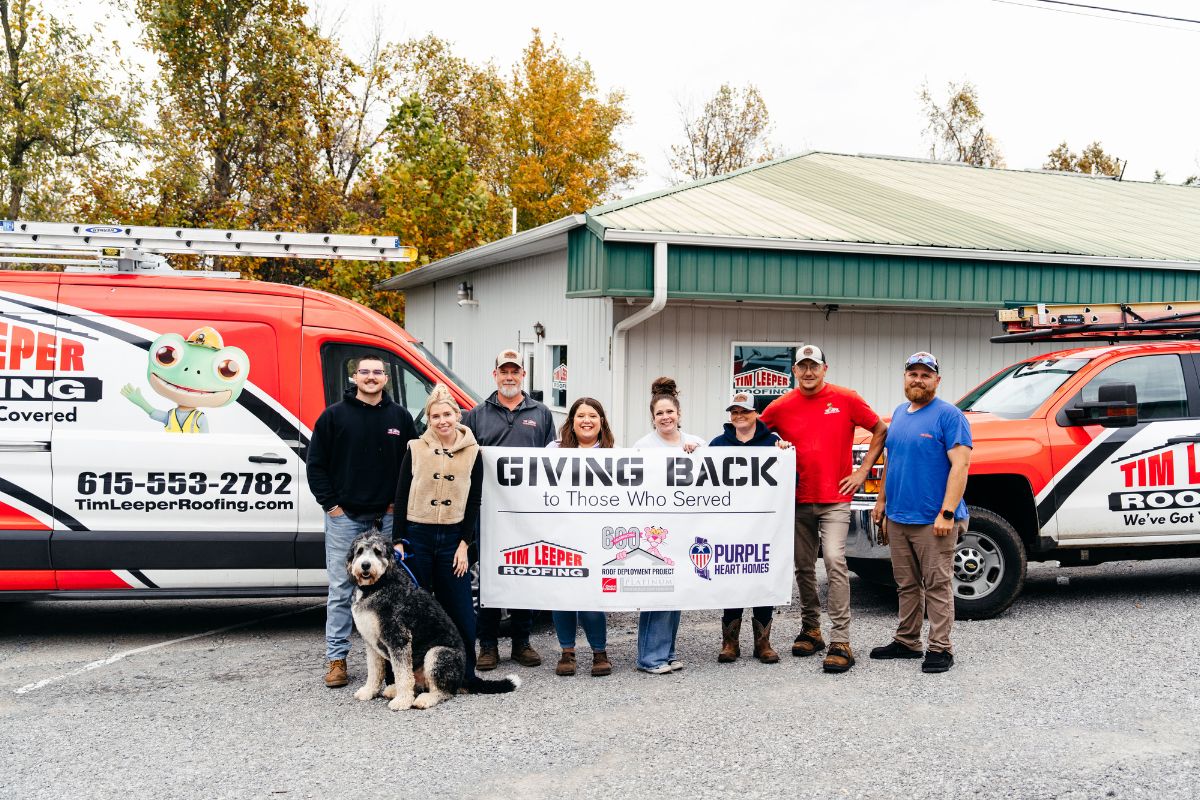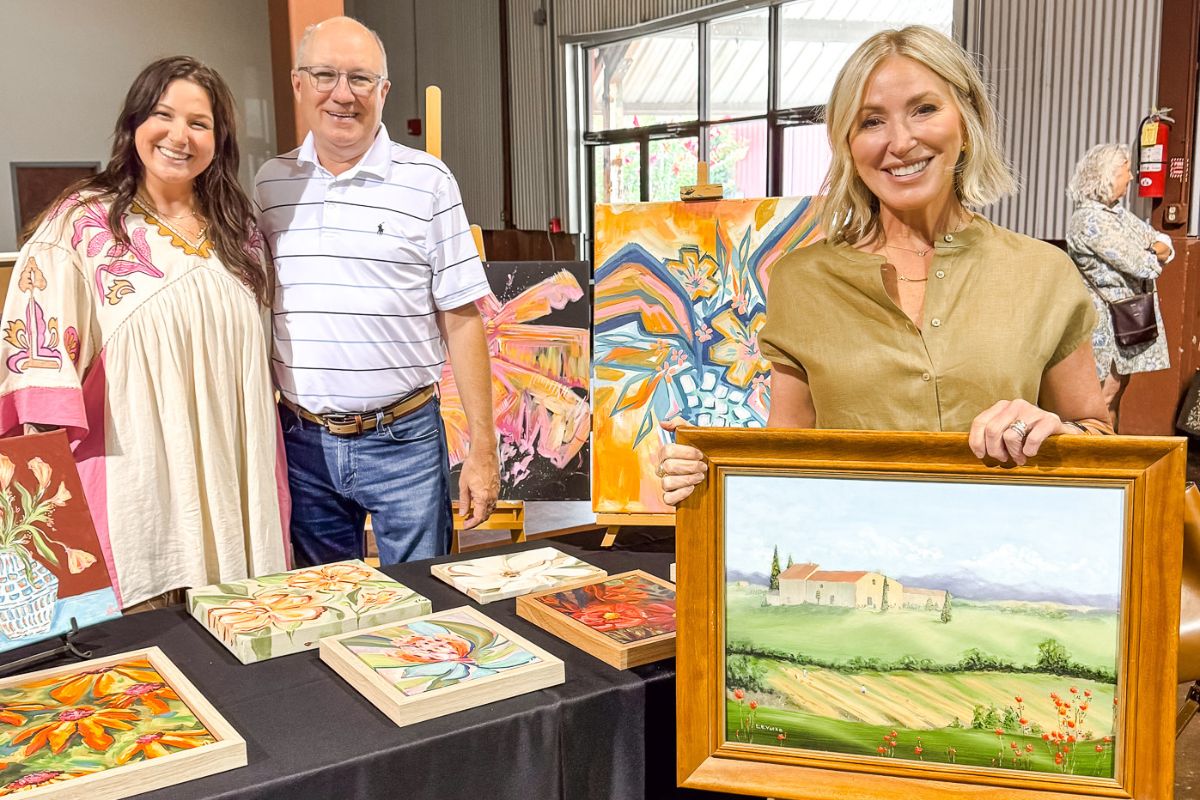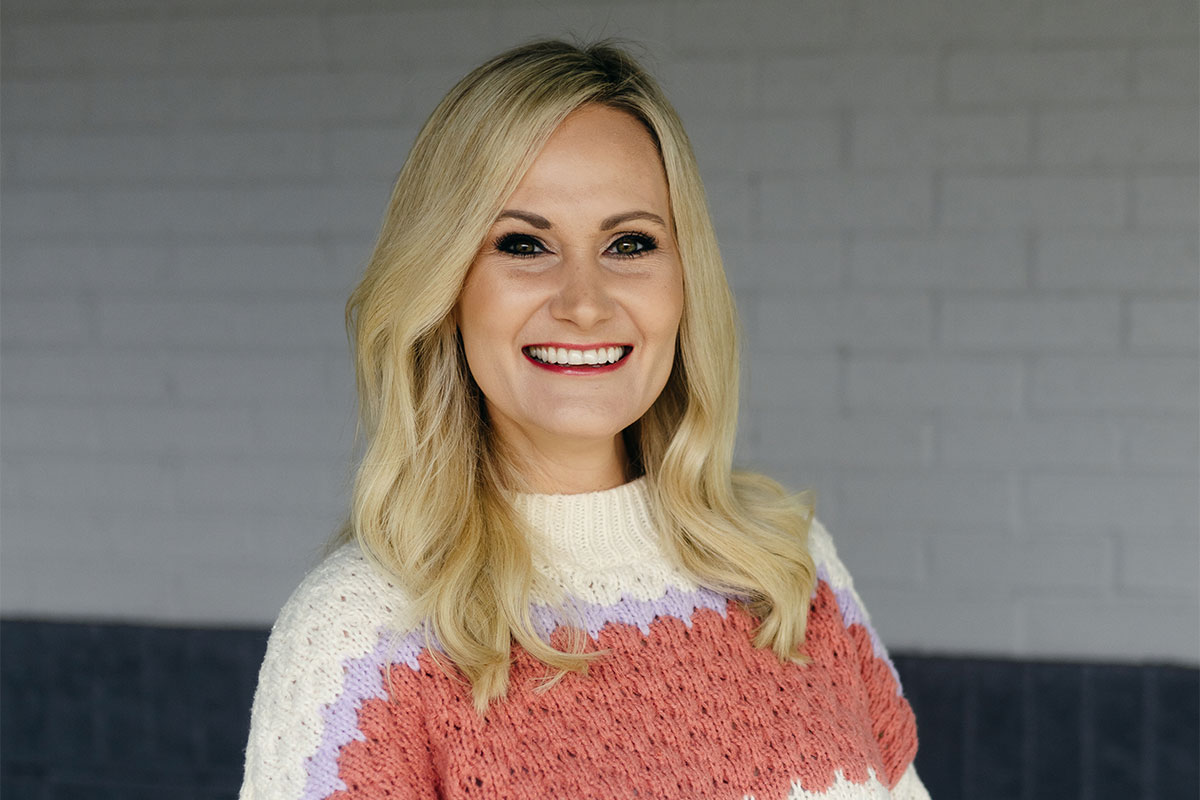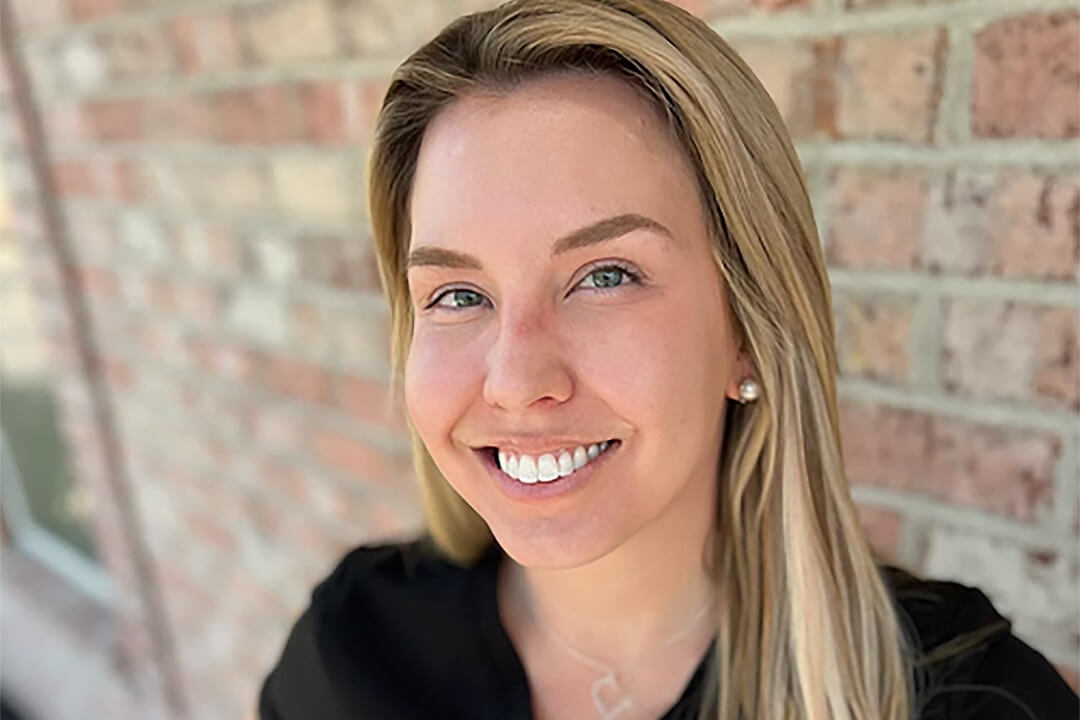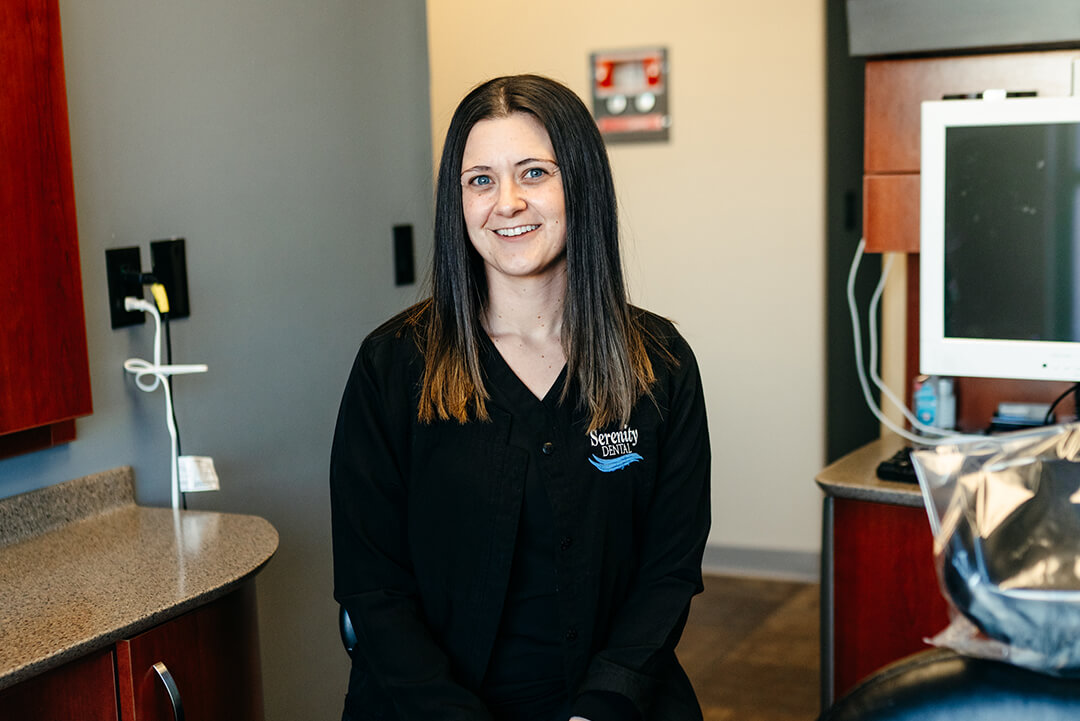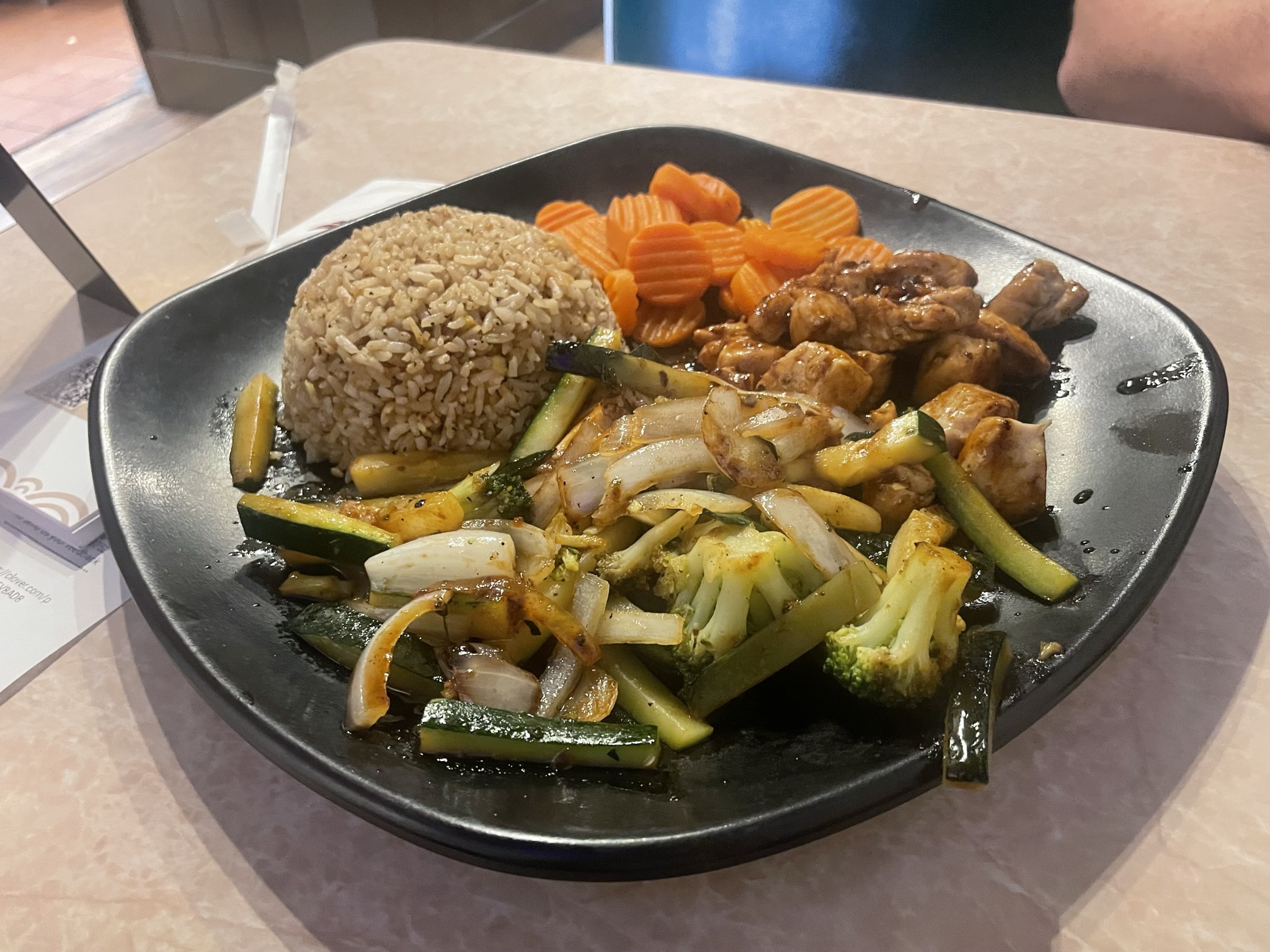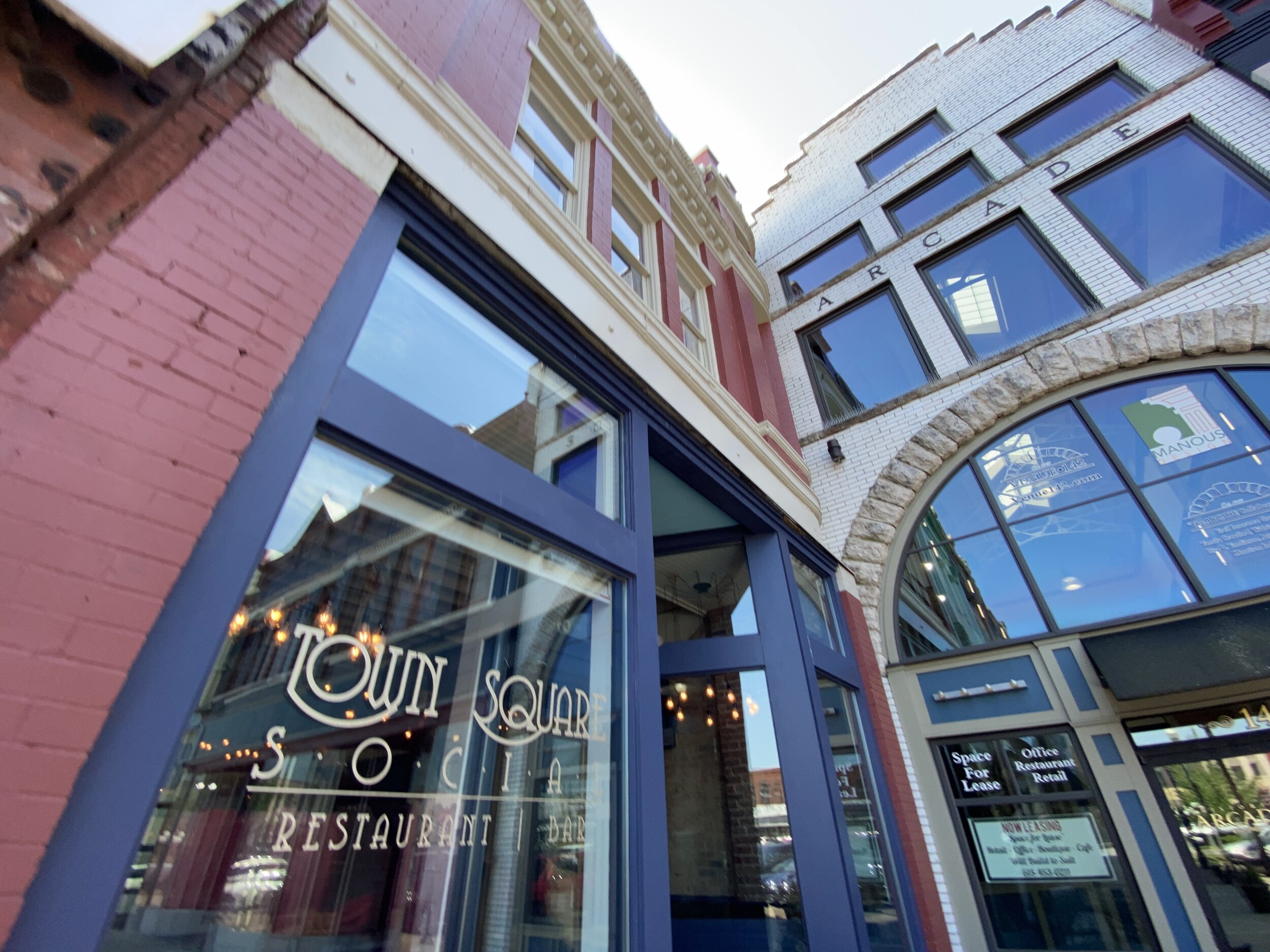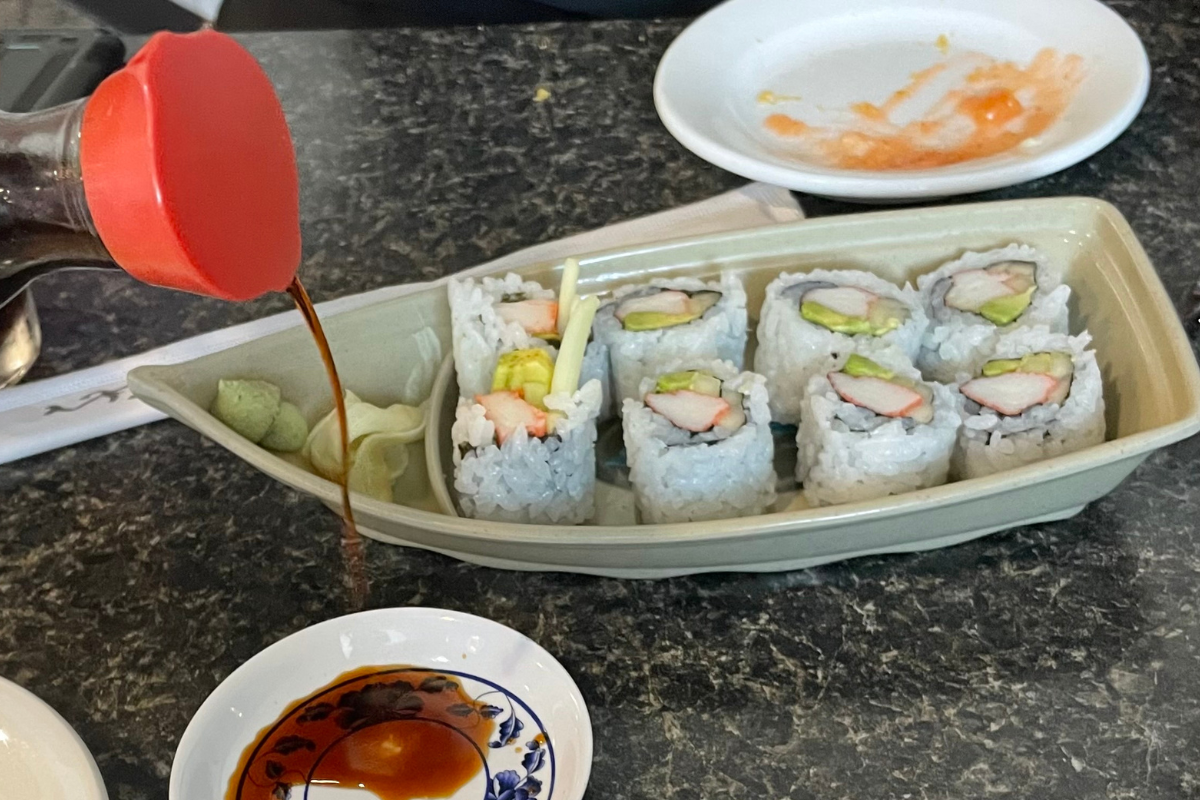THE MAN at the counter didn’t want to give up his dog. He was worried the pup had heartworms, but couldn’t afford the vet visit to know for sure. The New Leash on Life team offered to help. At the time, a heartworm test cost the shelter just $5, and staff promised to provide prevention if the results came back negative. They did — and the man went home with his beloved dog, relieved, returning twice to weed-eat the property in gratitude.
“That $5 fix? That was the game-changer,” said Angela Chapman, New Leash on Life’s director. “The cost of care for an animal at our shelter far exceeds $5.”
Stories like this have shaped Angela’s leadership at New Leash on Life, Wilson County’s humane organization that’s rewriting what it means to be a shelter.
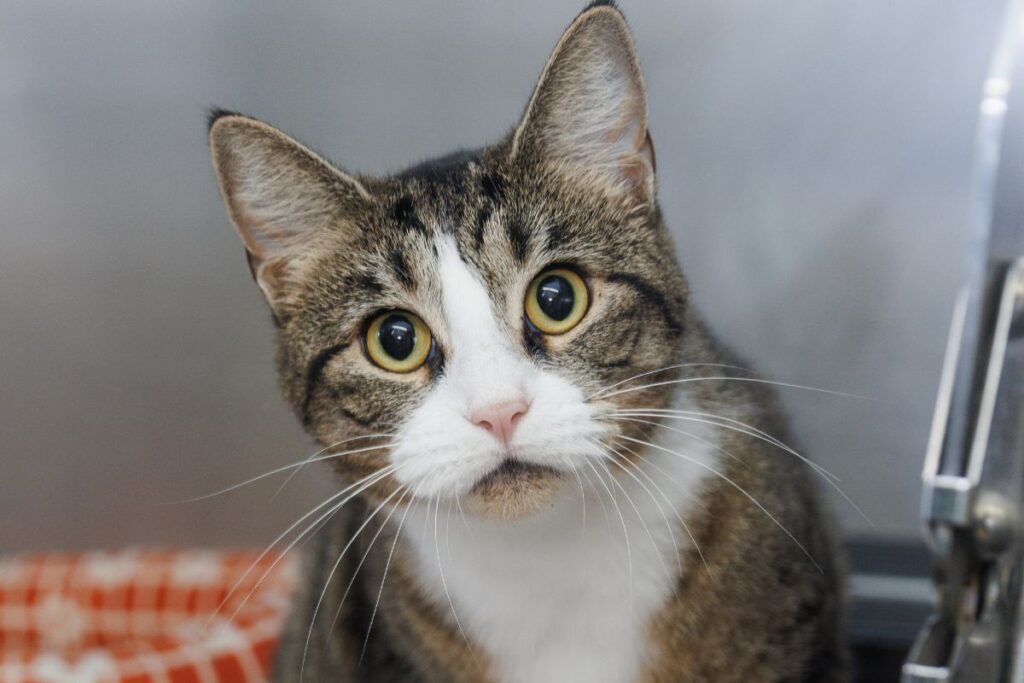
From Truck Driver to Shelter Director
Angela didn’t arrive at New Leash by a straight path. Before joining, she had been a teacher for seven years, driven a semitruck for five years, worked as a mental health case manager, and even run a dog treat business inspired by her Great Dane with allergies. “I wasn’t from this world,” she admitted. “But I did have a diverse background, and it seems that those experiences really helped with me fitting into this role.”
She was hired as interim director in May 2015. “A whole lot of people trusted that I had good leadership skills, and we all started kind of learning how to navigate things together,” she said. Ten years later, she’s still leading — with a vision that has moved New Leash from simply housing animals to building a network of prevention and support for the community
A Palpable Shift
New Leash was founded as the Humane Association, but in 2009, the name change signaled a transformation: a shift from open-intake with a high euthanasia rate to limited-intake that no longer euthanizes animals for needed space.
“We only take animals as space allows,” Angela said. “Until an animal is adopted, [another] animal doesn’t get to come in, but it means each animal is placed, and we are not euthanizing for space.”
It’s a constant challenge. Wilson County has about 150,000 residents, and New Leash can house roughly 100 animals at a time. “The math doesn’t math,” Angela said. “We are always full.”
This reality reflects a broader push across Tennessee. Statewide, shelters collectively saved over 90,000 dogs and cats in 2020, reaching an 87% save rate, according to Best Friends Animal Society. Nashville Humane Association now maintains a 98% save rate, and Montgomery County AC&C increased its live release rate from 77% in 2023 to 82% in 2024.
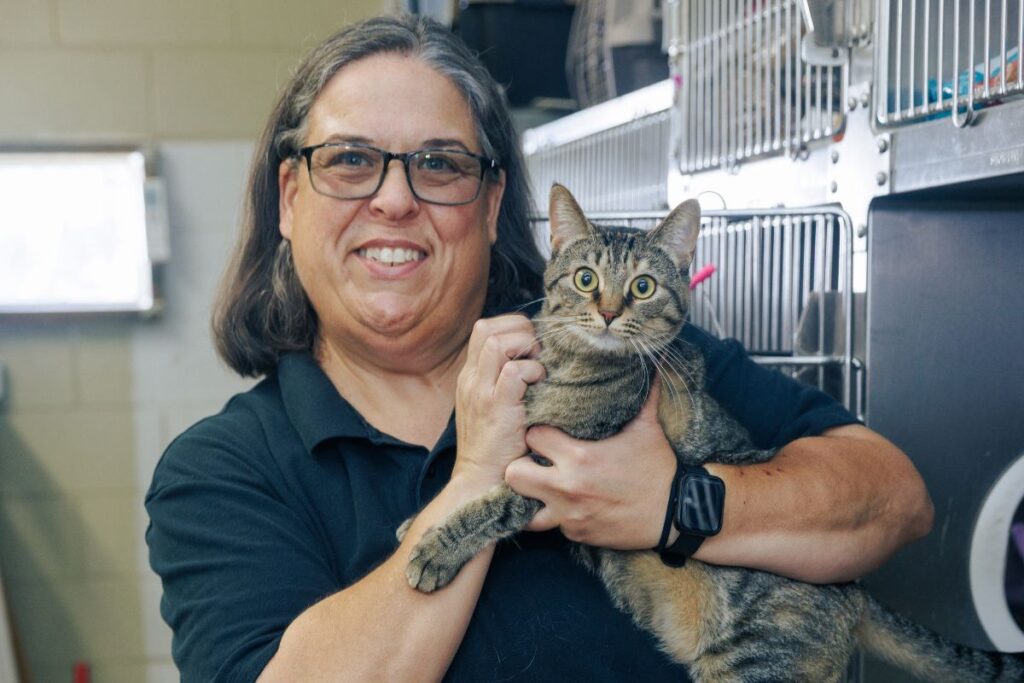
Prevention Over Reaction
New Leash has widened its focus beyond kennels and adoption days to manage the pressure. “At the end of the day, truthfully, we really want the shelter to be the last option,” Angela said.
At the center of this shift is The JOY Clinic, named in honor of longtime supporter Joy Bishop. The clinic provides affordable spay and neuter surgeries for cats and dogs in Wilson County and surrounding counties — thousands over the past decade — helping to prevent tens of thousands of unplanned births. “The JOY Clinic helps make it possible to keep pets in their homes instead of in our kennels,” Angela said.
This work is especially urgent with cats. “I have become the crazy cat lady,” Angela joked. “Not because I have 100 cats but because I’ve been educated on how fast cats can reproduce.” A kitten can get pregnant at four months, deliver at six, and have multiple litters a year. “Everyone thinks kitten season sounds adorable. We want to cry.”
Her first question whenever someone calls about a stray is simple: Is it fixed? “That really helps us know if we’re dealing with one animal or if we’re preventing dozens more later,” she said.
The Heart of the Mission
Angela’s leadership has been shaped by small, human moments like the man with the Chihuahua — and multiplied by the community around her. Support comes in every form, from longtime donors to brand-new residents who just want to help.
“It’s amazing to me the different walks of life and the different facets of how people chose to come and support us,” Angela said. Some give in memory of a loved one. Others donate with specific requests — “this money has to go to the dogs” — while others simply say, “put it where it’s needed most.”
Even as New Leash looks toward a new facility — with indoor meet-and-greet rooms, volunteer training space, and areas for community events — the heartbeat of the shelter is the same: people coming together to do what they can with what they have.
When asked why she stays, Angela didn’t hesitate. “I just love it,” she said. “Even on the hardest days… those do not override the best days.”
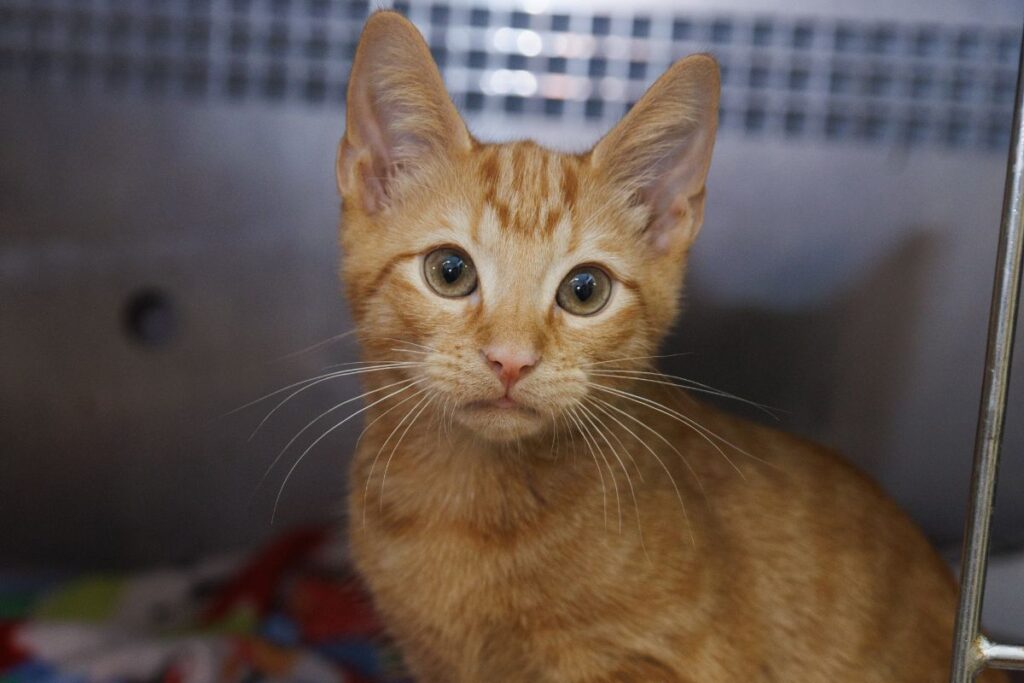
How You Can Help
Angela’s first question is always: Is it fixed? That’s where you can start, too.
- Fix first. Spay or neuter your pets and help address overpopulation at its root.
- Keep pets with families. Before surrendering, call New Leash about pantry support, low-cost clinic services, or courtesy postings.
- Volunteer or donate. From weeding the grounds (like Angela’s heartworm-test visitor) to fostering kittens, there’s a role for everyone.
As Angela puts it, the goal is simple: “We really want the shelter to be the last option.” With a little prevention and a lot of heart, New Leash on Life is making that possible, one pet and one person at a time. GN

